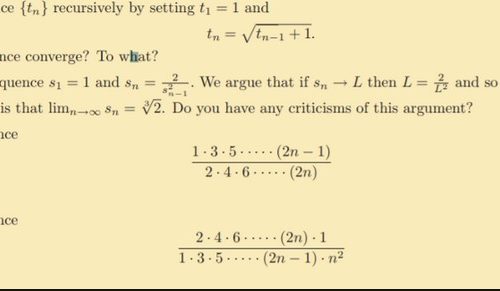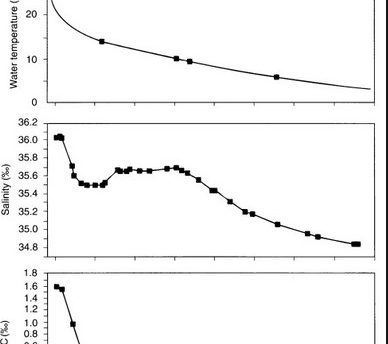
Although there are a number of ways of measuring and contrasting the radiative forcing potential of different greenhouse gases, the Global Warming Potential (GWP) is perhaps the most useful, particularly as a policy instrument. GWPs take account of the various factors influencing the radiative forcing potential of greenhouse gases. Such measures combine the calculations of the absorption strength of a molecule with assessments of its atmospheric lifetime; it can also include the indirect greenhouse effects due to chemical changes in the atmosphere caused by the gas. A number of GWPs are listed in Table 6.3 (IPCC, 1995).
Table 6.3. Global Warming Potentials of the major greenhouse gases
|
Trace Gas |
Global Warming Potential |
||
|
Integration Time Horizon, Years |
|||
|
20 |
100 |
500 |
|
|
CO2 |
1 |
1 |
1 |
|
CH4 (incl. indirect) |
62 |
24.5 |
7.5 |
|
N2O |
290 |
320 |
180 |
|
CFC-12 |
7900 |
8500 |
4200 |
|
HCFC-22 |
4300 |
1700 |
520 |




Leave a Reply